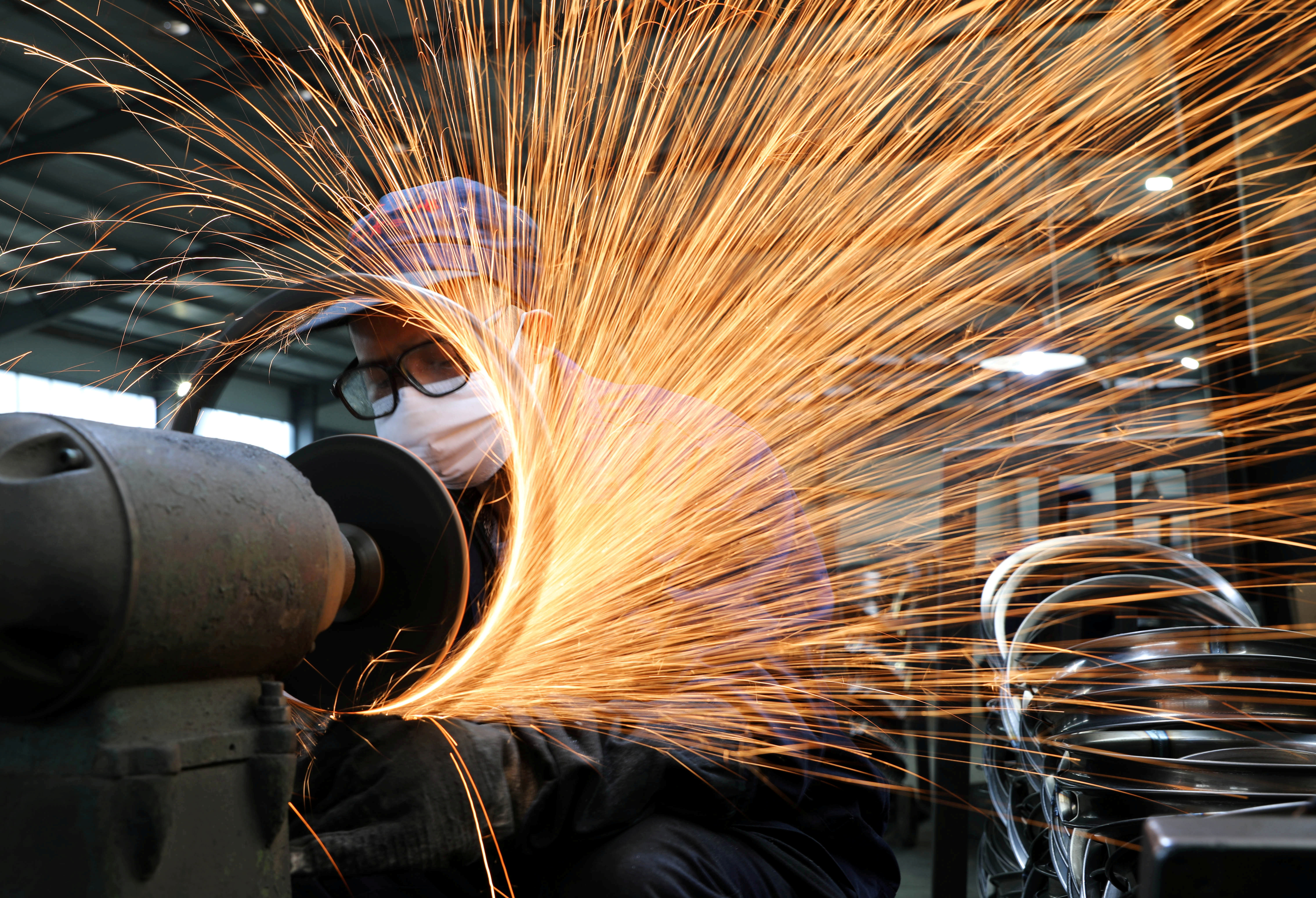(ATF) China’s producer prices rose at the fastest pace in over two years as global customers sourced more goods from the world’s second largest economy, and that robust demand made oil and commodities more expensive, a trend which is seen as sustaining.
The latest National Bureau of Statistics data showed the producer price index (PPI) in February rose 1.7% from a year earlier, the fastest since November 2018 and outpacing January’s 0.3% rise. A Reuters poll had expected a 1.5% rise.
China’s exports in February grew at a record 154.9% in dollar terms from a year earlier, when the country was in virtual shutdown during the height of the Covid-19 pandemic.
“With the fast rollout of vaccinations across the world, massive fiscal stimulus in major DM economies, ongoing QE and extremely low interest rates, commodity prices and inflation expectations could rise further in coming months,” Nomura’s Chief China Economist Ting Lu said.
“We expect CPI and PPI inflation to rise further to 0.9% and 3.0% year-on-year in March on a lower base and a rapid rise in energy and commodity prices,” Lu said.
He expects year-on-year PPI inflation to rise to nearly 5.8% mid-year and then moderate thereafter, while CPI inflation was seen rising throughout the year to around 2.8% at end-2021.
The strong recovery in the global economy has pushed up prices of oil – to a 2.5-year high on Monday of $67.98 – and has triggered a scarcity of products like semiconductors while supply-chain disruptions and labour shortages have also contributed to higher production costs.
Subdued household demand
As producer prices extended gains, consumer inflation remained downbeat, suggesting continued subdued household demand, which has slowed broader economic growth.
The consumer price index fell 0.2% in February from a year earlier, the statistics bureau said in a separate statement, compared with a 0.4% fall tipped by a Reuters poll and a 0.3% decline in January.
“We do not think the recent period of consumer price deflation is likely to persist. Shifting pork price base effects will nudge up food inflation, a tightening labour market will push up core inflation and energy inflation will rebound thanks to rising oil prices,” Julian Evans-Pritchard, senior China economist at Capital Economics, said in a note.
“Given that officials have signalled a hawkish tilt in recent weeks, we think the People’s Bank of China will tighten policy this year,” he said.
Still, the government last week set a comparatively modest CPI target of around 3% this year. Last year, consumer prices rose 2.5%, undershooting Beijing’s goal of about 3.5%.
Beijing also set an economic growth target of above 6% for 2021, below analyst expectations for an expansion of more than 8%. China’s gross domestic product rose 2.3% in 2020, its weakest growth in 44 years but stronger than its global peers.






















